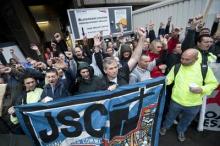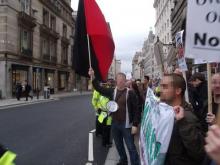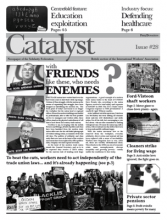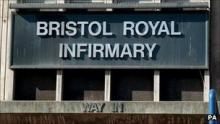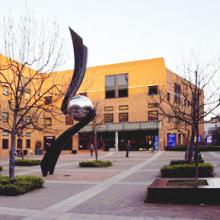Public meeting - Build for November 30
Location
STOP THE CUTS!
SUPPORT THE STRIKES!
On November 30, workers from across the education and public sectors will be taking strike action to defend their pensions and fight off redundancies. We all need to support that strike.
Government cuts are attacking all of us. Each time a group of workers gets their pension slashed or receives a below inflation rise, it only emboldens other employers to do the same. Public or private, in a union or not, we can only beat the bosses' onslaught by standing together.
